Cane anthracnose found in some blueberry fields
Editor’s note: This article is from the archives of the MSU Crop Advisory Team Alerts. Check the label of any pesticide referenced to ensure your use is included.
This season, it is not just Phomopsis that is infecting blueberries. One might also see unusual lesions on green blueberry canes that are dark brown to black with light brown to gray centers, circular or oval and fairly sharply delineated (Photo 1). Lesions vary in size, from the several millimeters to over one inch in length. Young lesions look like small reddish spots on the stem (Photo 2). Lesions may be centered around a leaf scar or not (Photo 3). These lesions are caused by the fungus Colletotrichum acutatum, the causal agent of anthracnose fruit rot. In contrast, Phomopsis lesions tend to be more elongated and uniformly brown, often girdle the entire stem, and may be flattened with more diffuse margins. The lesions may also be mistaken for Fusicoccum canker, but Fusicoccum lesions are usually described as “bull’s eye” lesions and mostly occur in northern growing areas of the state. So far, anthracnose lesions have only been observed in a few Jersey fields, but may be present in other varieties as well. What is most striking are the fruiting structures (acervuli) in concentric circles on the surface of these lesions (Photo 4). Acervuli look like small cracked blisters when viewed close-up (Photo 5). Salmon-pink spore masses may be seen on canes in the field under humid conditions, but if you are not sure, keep cane pieces with lesions on a moist paper towel in plastic container for a couple of days. Anthracnose lesions will produce salmon-pink spore masses, whereas Phomopsis will produce creamy white exudates in a random pattern. Both can start to look like curly strings if the humidity is just right, but Phomopsis spores have more of a tendency to do so. Anthracnose lesions are initially fairly superficial, only killing the bark, but are assumed to develop further to girdle and kill larger portions of canes.
The occurrence of anthracnose cane lesions is rare, though it has been reported before by researchers in Japan and was observed in Ontario and Michigan in 2003 and 2004. The infections likely took place in 2009 and may be related to the rainy weather later in the season, which may have provided sufficient wetness to allow infection of young green canes at a time that spores were abundant, e.g. during fruit ripening and harvest season. In addition, some canes were extremely vigorous probably due to heavy fertilizer use. While studies have not been done specifically to determine the best methods to control cane anthracnose, they are likely to be similar to those that would be employed for Phomopsis: pruning out diseased and dead canes, applying lime sulfur as a delayed dormant spray, and fungicides on a regular basis through the season. The same fungicides that work against anthracnose fruit rot will work against cane infection: Bravo, Captan, Ziram, Abound, Cabrio, Pristine, Switch, Omega, and Aliette. Consider the pre-harvest interval in each case. Sprays may be continued after harvest if canes are growing very vigorously and the disease has been a problem in that field in the past. Make sure that the base of the bush also gets covered well. The goal is to protect young and emerging green canes from infection.
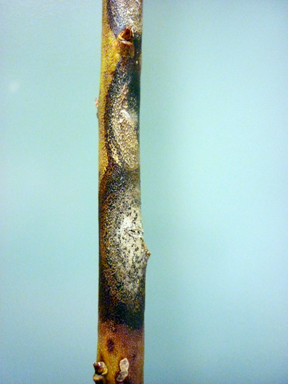
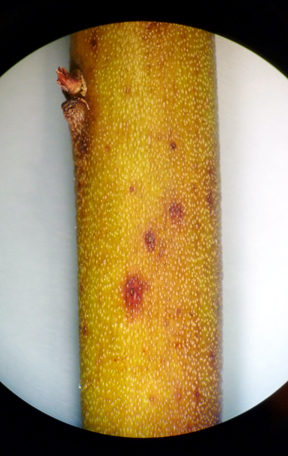
Photo 1. Advanced anthracnose lesions on blueberry stem.
Photo 2. Young anthracnose lesions on blueberry stem.
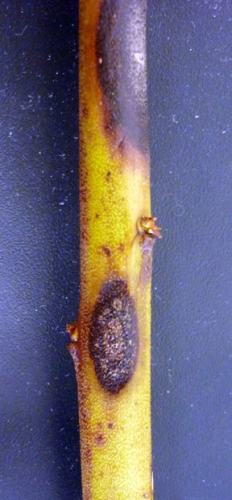
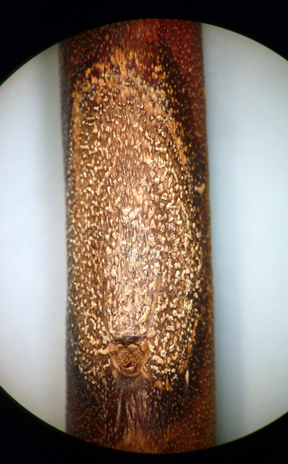
Photo 3. Anthracnose lesions on blueberry stem not associated with leaf scars.
Photo 4. Colletotrichum acutatum fruiting structures (acervuli) in ring-like
pattern around leaf scar.
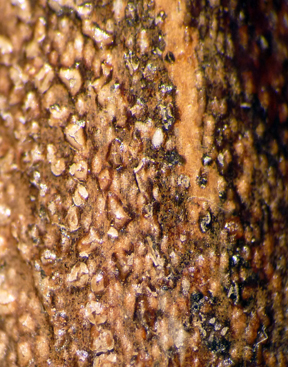
Photo 5. Close-up of blisterlike acervuli
of C. acutatum.
Dr. Schilder's work is funded in part by MSU's AgBioResearch.



 Print
Print Email
Email




